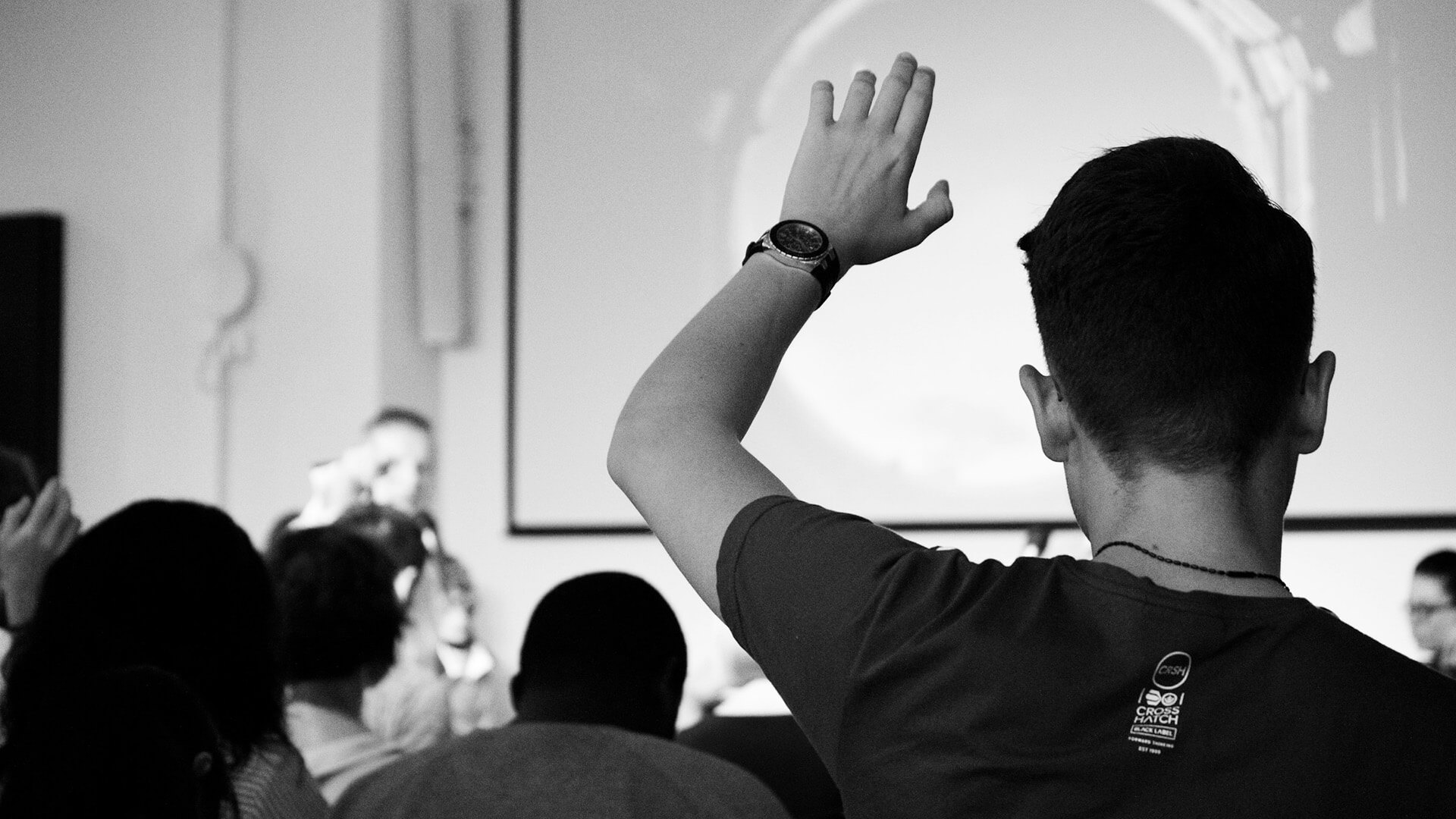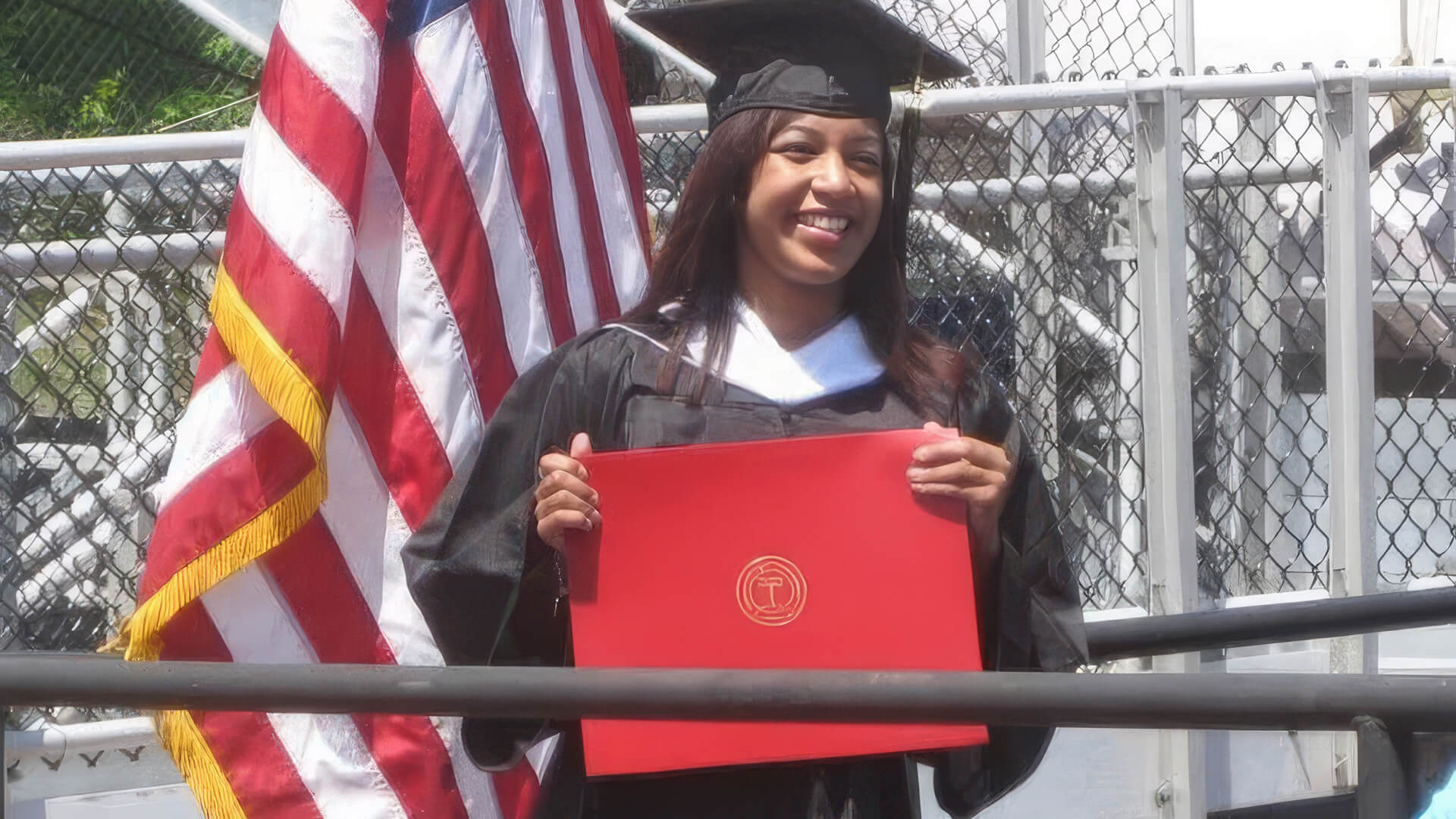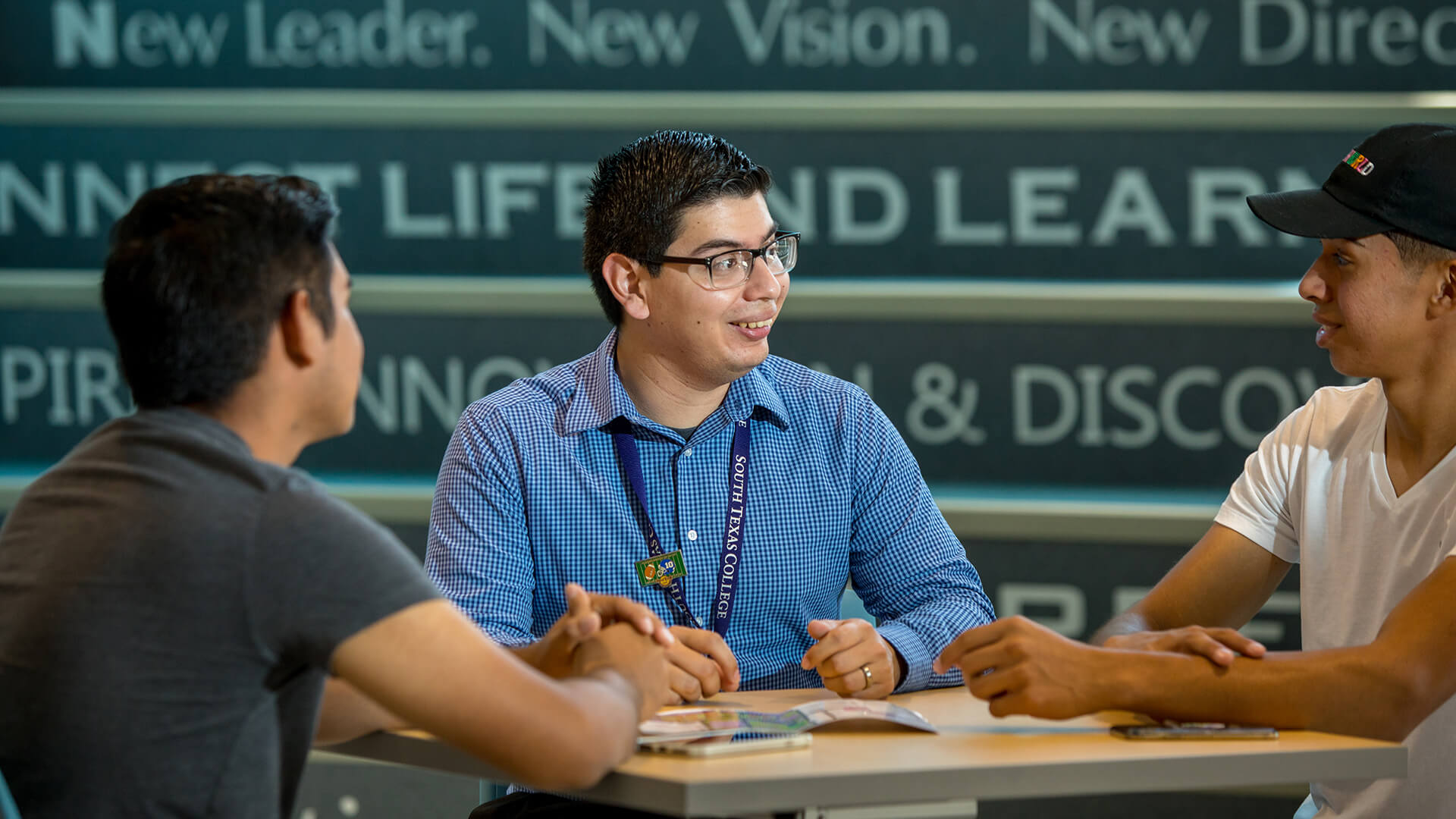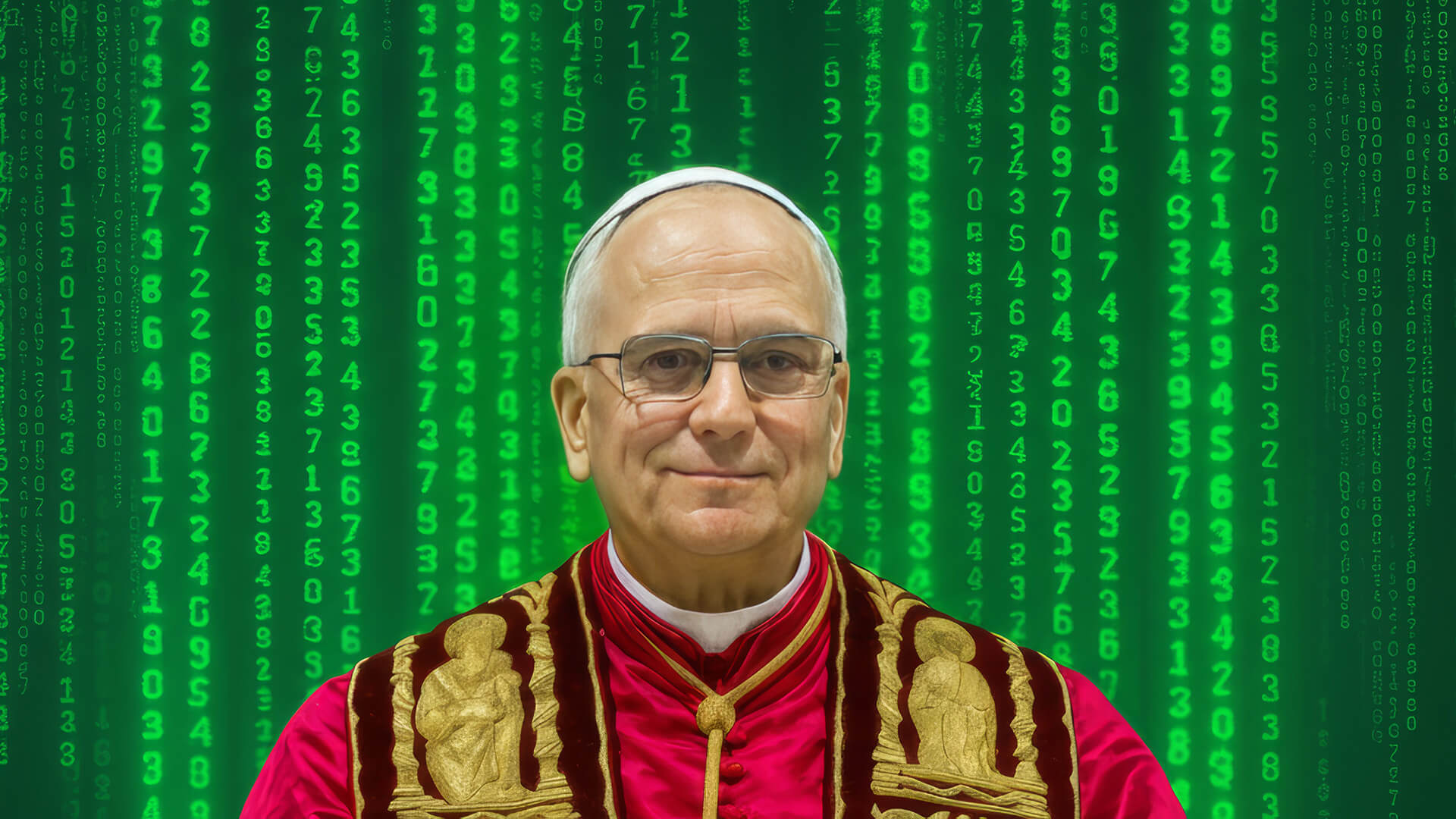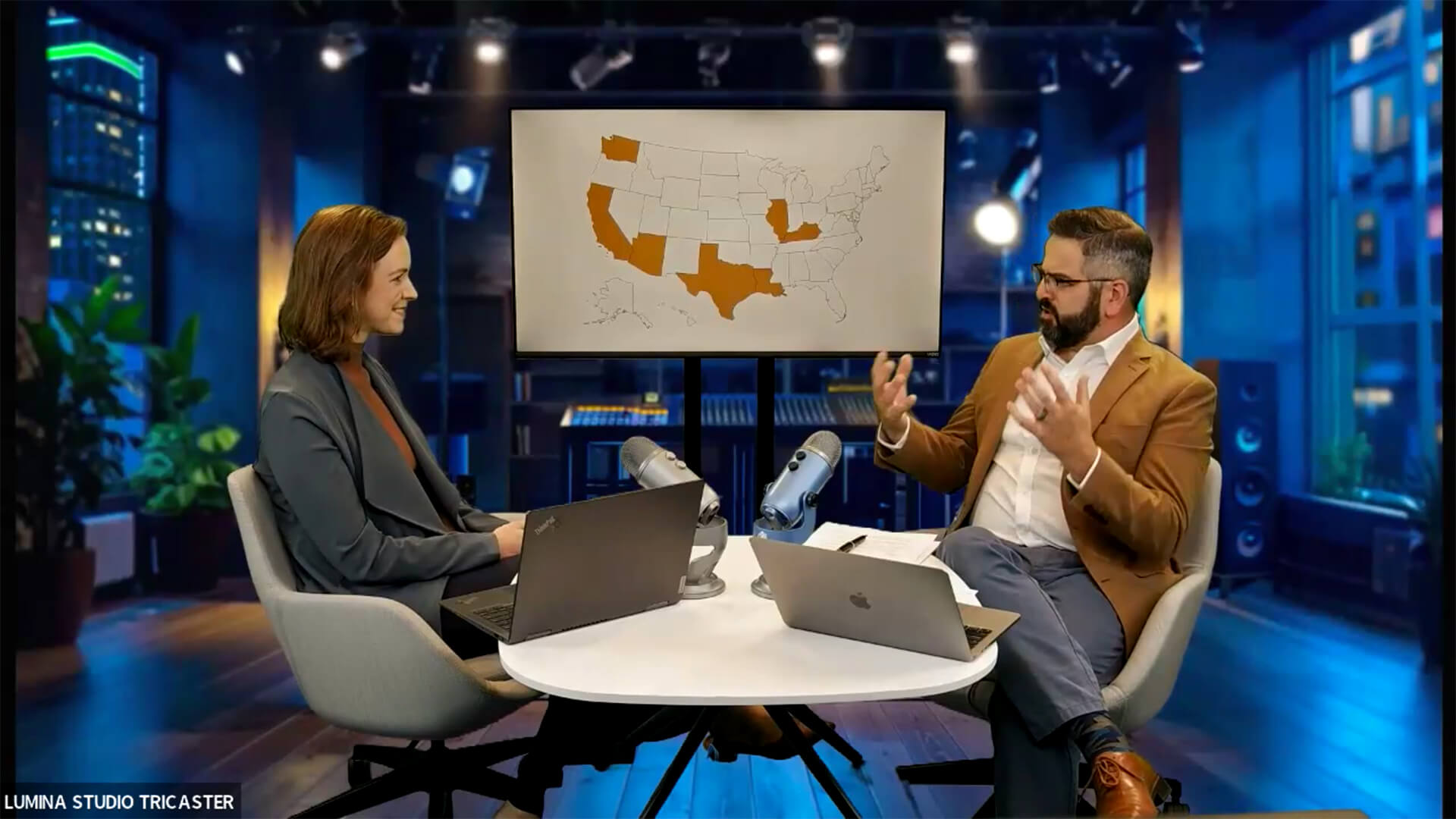Today’s Institutions
Most of today’s students attend community colleges, regional public universities, open-access private colleges, and minority-serving institutions such as Historically Black Colleges and Universities, Tribal College and Universities, and Hispanic-Serving Institutions. Compared to residential colleges and universities, these institutions accept more students who apply, focus on teaching and learning, and help people find their places in the American middle class.
Public four-year institutions are taxpayer-supported colleges and universities that offer bachelor’s, master’s, and doctoral degrees and certificate programs. They typically offer lower tuition rates to in-state students and enroll large numbers of students. Public flagship universities focus on research, teaching, and service, while regional campuses focus more on teaching and student learning.
Private nonprofit four-year colleges and universities can be more selective in their admissions processes and have higher tuition costs than public institutions. In late 2020, private four-year institutions enrolled more than 3.8 million students.
Community colleges primarily offer associate degrees, technical certificates, and industry-recognized certifications. They are more affordable than four-year colleges and offer open enrollment, which means that anyone with a high school diploma or equivalent can register. In 2020, community colleges enrolled more than 4.7 million students.
Minority-serving institutions (MSIs) were established to educate Black, Hispanic, Latino, Native American, and Asian American and Pacific Islander students who have faced difficulty—or have been explicitly prohibited in the past—from attending predominately white institutions.
Colleges and universities are under increasing pressure to rapidly adapt to meet changing student and societal demands. Many of today’s college students are older, working, and raising children. An increasing number are first-generation students of color whom American higher education has not served well. Just 34 percent of Black and 29 percent of Latino or Hispanic adults have at least an associate degree, compared with nearly 46 percent of all adults. The higher education system of the future—with greater flexibility, a focus on affordable access and concrete results for individuals and society, and clearer pathways to credentials—must reduce and eliminate longstanding race- and class-based disparities in educational outcomes.
Today’s colleges and universities must affordably broaden college participation in ways that benefit society and position individuals for informed citizenship and success in a global economy. As the pace of change accelerates, lifelong learning will become increasingly important for people to maintain work-relevant knowledge and skills—and higher education must change to meet these needs.


